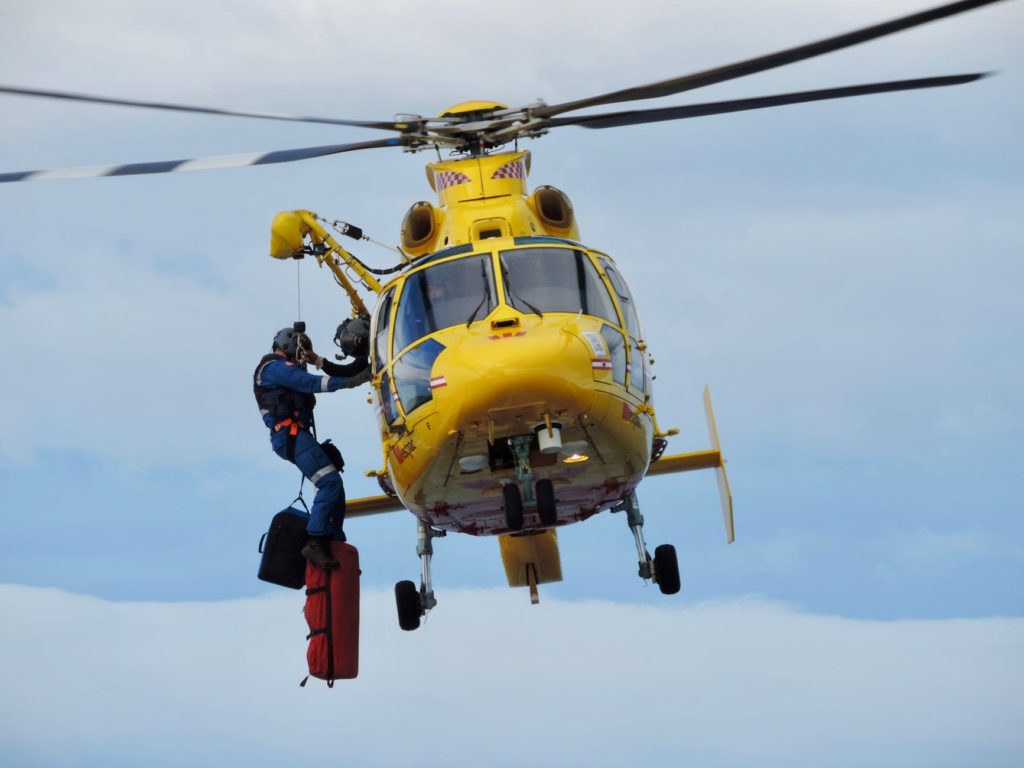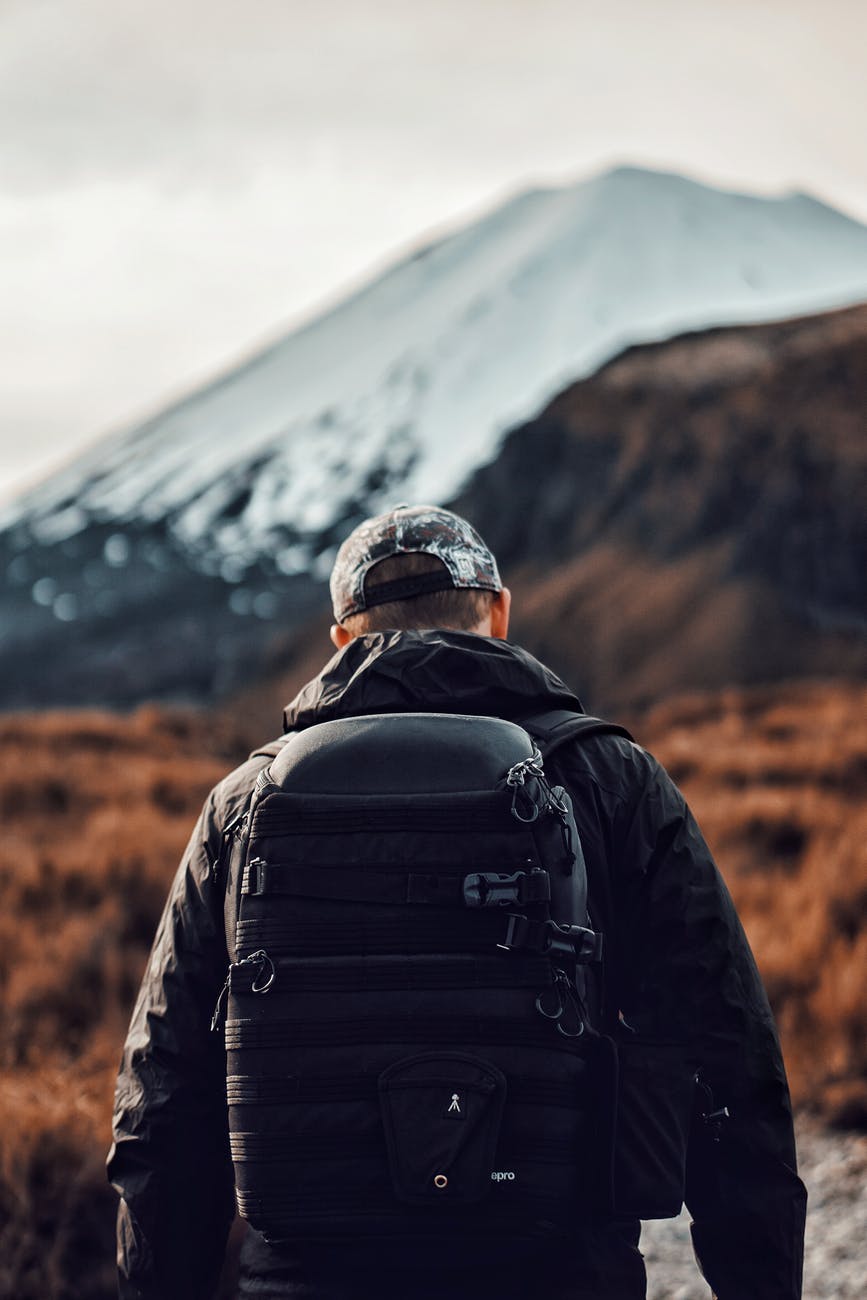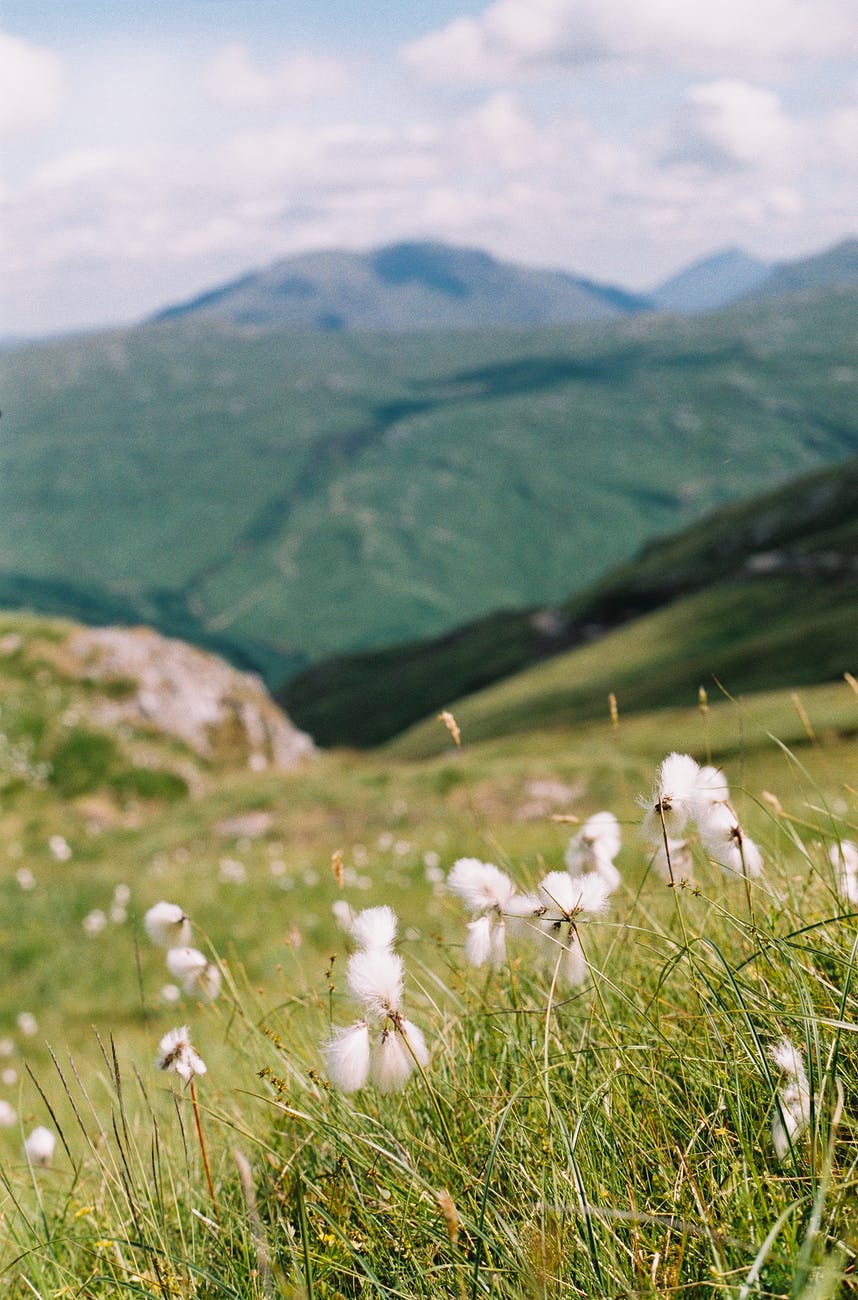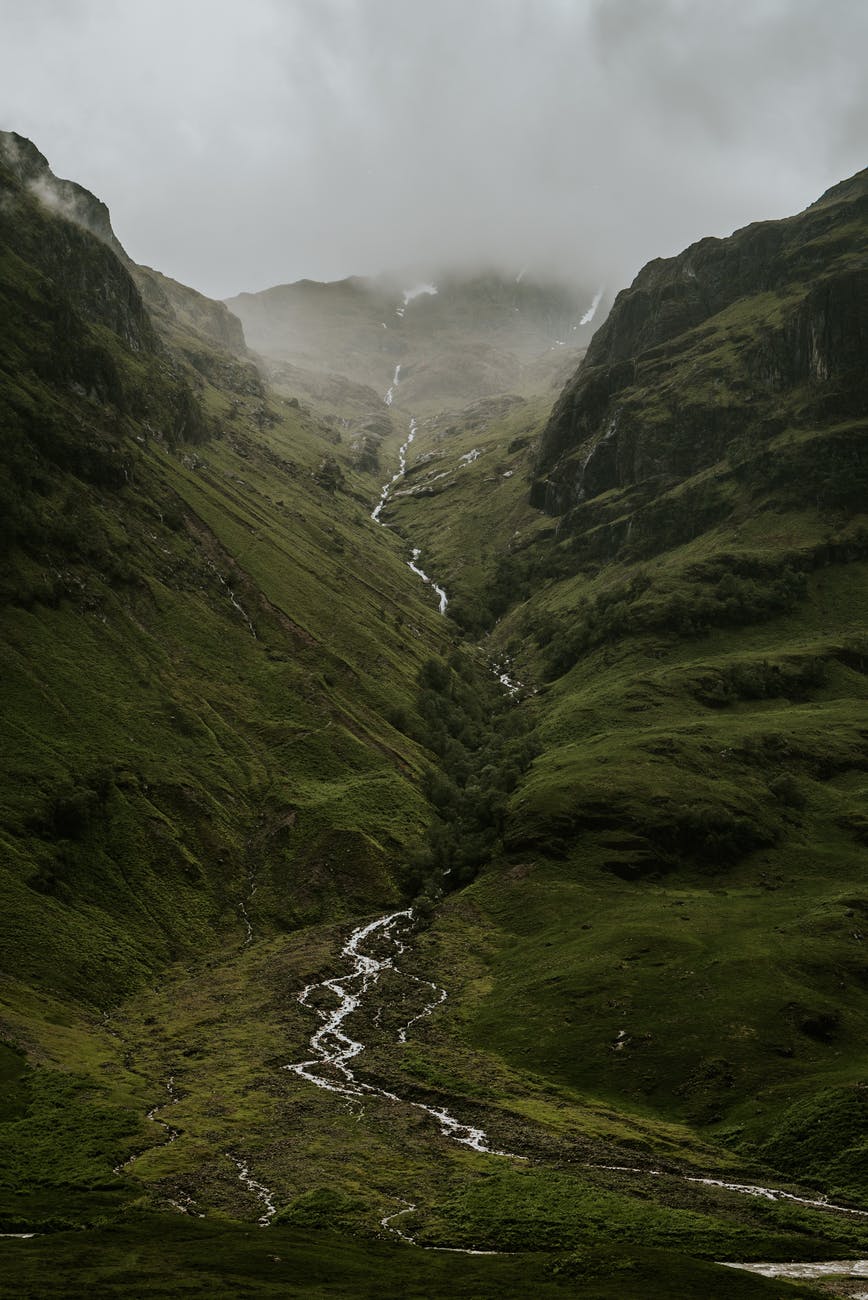
I had never really given much thought to how my first experience of delivering CPR would go, but I certainly didn’t expect it to be out on the hills, without a phone signal or a single piece of kit.
It was the summer of 2020, and lockdown restrictions began to allow a bit of travel for leisure and exercise. I had plans to meet my brother, brother-in-law and a friend to bag a couple of Munros to add to our ever-growing list. The route involved summiting two Munros on that day, spending about eight hours doing so. Descending into a glen halfway through the walk, we stumbled upon a man who appeared flustered. He asked if we had any signal on our phones, we checked and had no luck. When I asked what was wrong, he calmly told me: “I think my friend is dead”.
Initially I didn’t believe it, it was such an odd thing to hear someone say that I wasn’t sure if it was genuine. So, I asked again, and he repeated himself. At this point it was a bit more apparent this wasn’t a wind-up. When I asked for more information, he told me that his friend was ‘chalk-white’ with blue lips and wasn’t moving. My brother, a GP of some years, was twenty or so metres behind us and I called on him to catch up. I reassured this man that my brother was a doctor, and I was a medical student, and we would do what we could to help. Medical school training began to kick in, and I began to question the man to gain a more comprehensive history about his friend and what exactly happened, while we were led round the path to find the man collapsed in the heather. My brother took charge, checking his airway and looking for signs of breathing and a pulse, neither of which were present. He checked for a pupillary response, but this was absent. Difficult decisions now needed to be made. My brother was extremely calm and collected and he instructed me to start CPR compressions while he asked my brother-in-law, the fittest amongst us, to start making his way back up the hill to find a phone signal and call 999. The other member of our group had received some first aid training as part of his football coaching qualifications and was able to rotate with me for compressions.

At this point we knew that the man had collapsed at least ten minutes before we had reached him. Even with my limited experience, I knew that this, unfortunately, did not suggest that a positive outcome was likely. My brother made sure we knew that we’d need to continue compressions until additional assistance arrived, and that this could be quite a while away; we were in for the long haul. Over the next forty-five minutes or so, the man’s friend did well to remain calm and even assisted by maintaining a jaw thrust to help keep his friend’s airway stable. He made us aware that they had been part of a larger hiking group, and that the others would surely return to see why they had stopped, which as it turned out had been because the gentleman who had collapsed had begun feeling tired and struggling with the walk. Soon, the returning group were visible in the distance, so I left the others to continue CPR and ventured down to meet them, to explain the situation and give them a chance to prepare themselves before they arrived at the scene. As I made my way towards the group, I was racking my brain to recall the teaching I’d had around communicating bad news. I introduced myself to the group, explained the situation and that we were waiting for an air ambulance. They were understandably rather shaken by this. However, they stayed very calm and collected and offered their assistance, and their reaction in turn helped me keep on top of how I was feeling and what I was thinking about the potentially very stressful situation.
By the time an hour or so had passed, several other walkers had passed us on the path, some offering what help they could and others choosing to carry on when they felt they couldn’t. A couple of young women came bounding down the side of the glen opposite and ran over to us. My brother-in-law who had placed the emergency call had managed to get their attention and they had a bright orange safety bag that they had been instructed by the EMS handler to place down for drawing attention to our location.

The air ambulance arrived after about an hour and a half after we had arrived on scene. The helicopter allowed one paramedic, with kit, to winch down whilst it hovered close to their patient, and the second paramedic joined us with additional kit after the helicopter had landed at the bottom of the glen. The paramedics introduced themselves and quickly began working on the patient. They began making use of an automated CPR device while obtaining a handover from my brother. After that, the air ambulance crew did not require further assistance from us. I was starting to feel fatigued as the adrenaline began to wane and was appreciative of the relief, the chance to have a sip of water, take a few deep breaths and compose myself. I recall watching all the steps of the cardiac arrest pathway being followed, airway, breathing, circulation, the defibrillator being set up. The paramedics continued resuscitation efforts, but the reality of the situation was that we were at least an hour from hospital by helicopter. The patient had been in cardiac arrest for close to two hours and despite everyone’s best efforts for most of that time, there had never been any sign of return of spontaneous circulation. The time had come for the discussion about whether to continue resuscitation.
After a private discussion amongst the air ambulance crew and my brother, the decision was made to cease CPR. I won’t forget the professionalism and composure with which the paramedic spoke when he explained this to the patient’s friends. The paramedic spoke so clearly and compassionately when conveying that he now believed that any continued intervention would be futile and will most likely not have a positive outcome. The group of friends were measured and understanding in their response to this, and resuscitation was stopped. The tension in the situation was released, and there was an air of quiet contemplation as the air ambulance crew covered their patient and informed their control room as well as the relevant authorities. Everyone assisted in carrying the gentleman’s body to the helicopter after a plan was arranged to fly him to the nearest hospital. The police arrived after driving over the hills via ATV and proceeded to liaise with the walking group to make the necessary arrangements. My brother passed his number to the police in case the gentleman’s family wished to contact him given his involvement in his final moments. That memory always touches me, reminding me that the doctor’s role doesn’t finish with death. We may be struggling with the situation ourselves, but we continue to be the compassionate and professional caregivers we train so hard to be.

We made our way back to the car over the next couple of hours, which gave us some time to process the events of the last few hours. All of us were struggling to contemplate the idea of going out for a day in the hills and never coming home. We discussed our actions and how we felt about it all. It was an immediate, hillside debrief of sorts. My brother continued to show leadership during this time, reassuring us that we did all that we could and that we should be proud of how we acted. Pride is something that I struggled to feel in that moment with the events raw in my mind, but as the days and weeks went by and the inevitable reflection ensued, I was able to see it myself. I am proud of the way in which I acted – listening to my brother and doing what was asked of me without hesitation. I am so proud of my brother – over the years he has given me endless guidance for navigating life as well as the world of medicine, but this was the first opportunity I’d ever had to see him practice. Together that day, we gave the patient the best chance we could. My brother showed me the type of doctor and person that I want to be. Someone who acts appropriately and professionally but keeps compassion at the centre of his care. His direction and reassurance kept all of us calm and focused throughout. I often think back to the conversation I had with him right at the beginning when we started CPR. When I asked him how long we would need to continue for, he replied telling me that we would keep going until the air ambulance arrived. He followed that with: “If it were Dad, you would want them to do everything they could.” That message sticks with me to this day. If I find myself frustrated with a patient, I remind myself that everyone is someone’s dad, wife, brother, daughter; someone’s loved one. I should always strive to ensure I give them the care and compassion I would hope my family and friends would receive.
We never finished our second Munro that day, but it is my intention to return and finish it someday. I do wonder how I will feel going back. I’m certain that our gentleman on the hill, who never felt like a patient to me but rather a person simply in need of help, will cross my mind; as will his loved ones. It’s inevitable that I will be involved in many arrests, and sadly other deaths, as my career progresses. I’m not sure if any will be as memorable as my first, but I hope with each one I learn something that I can carry with me to the next.
May he rest in peace.
Paul is a current final year ScotGEM student currently based within NHS Highland.
